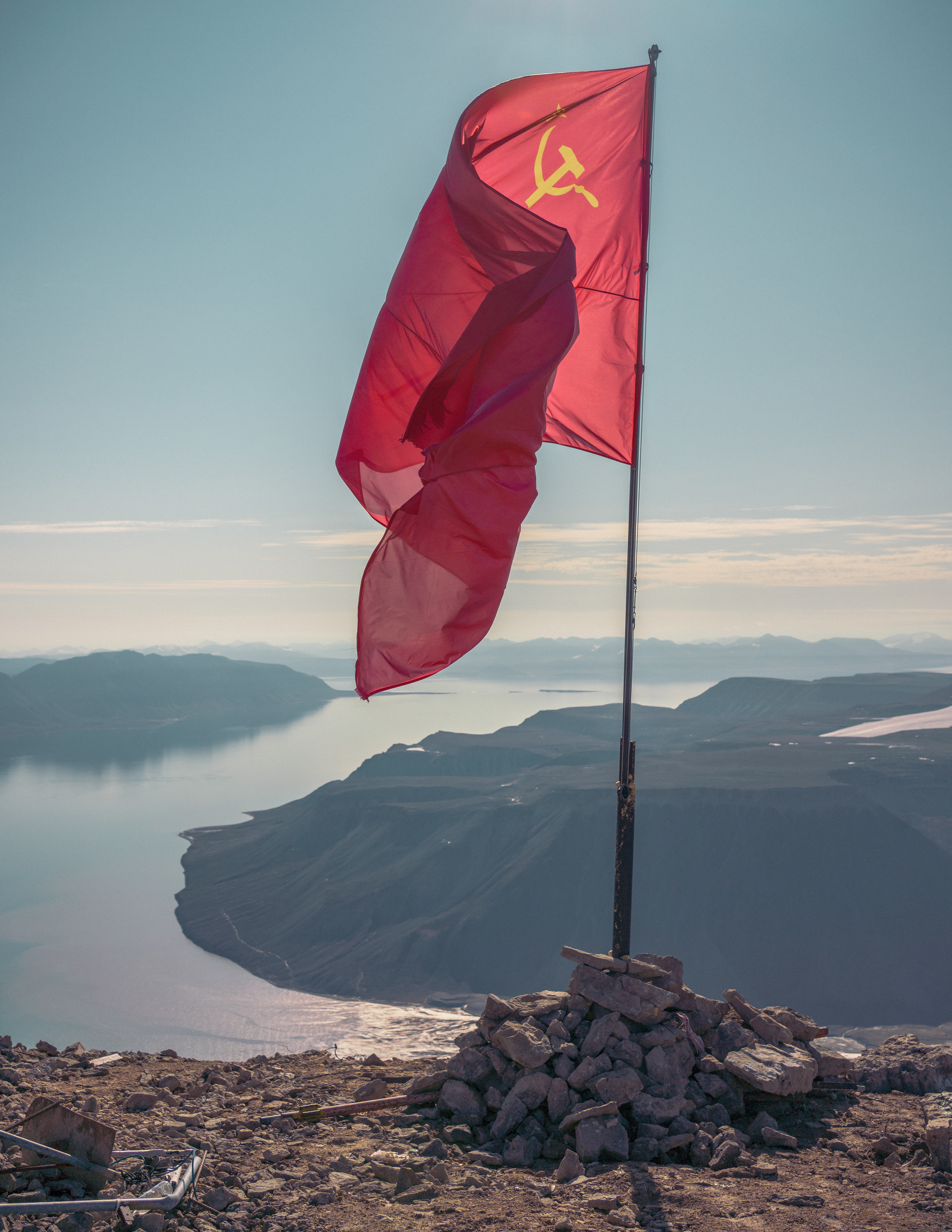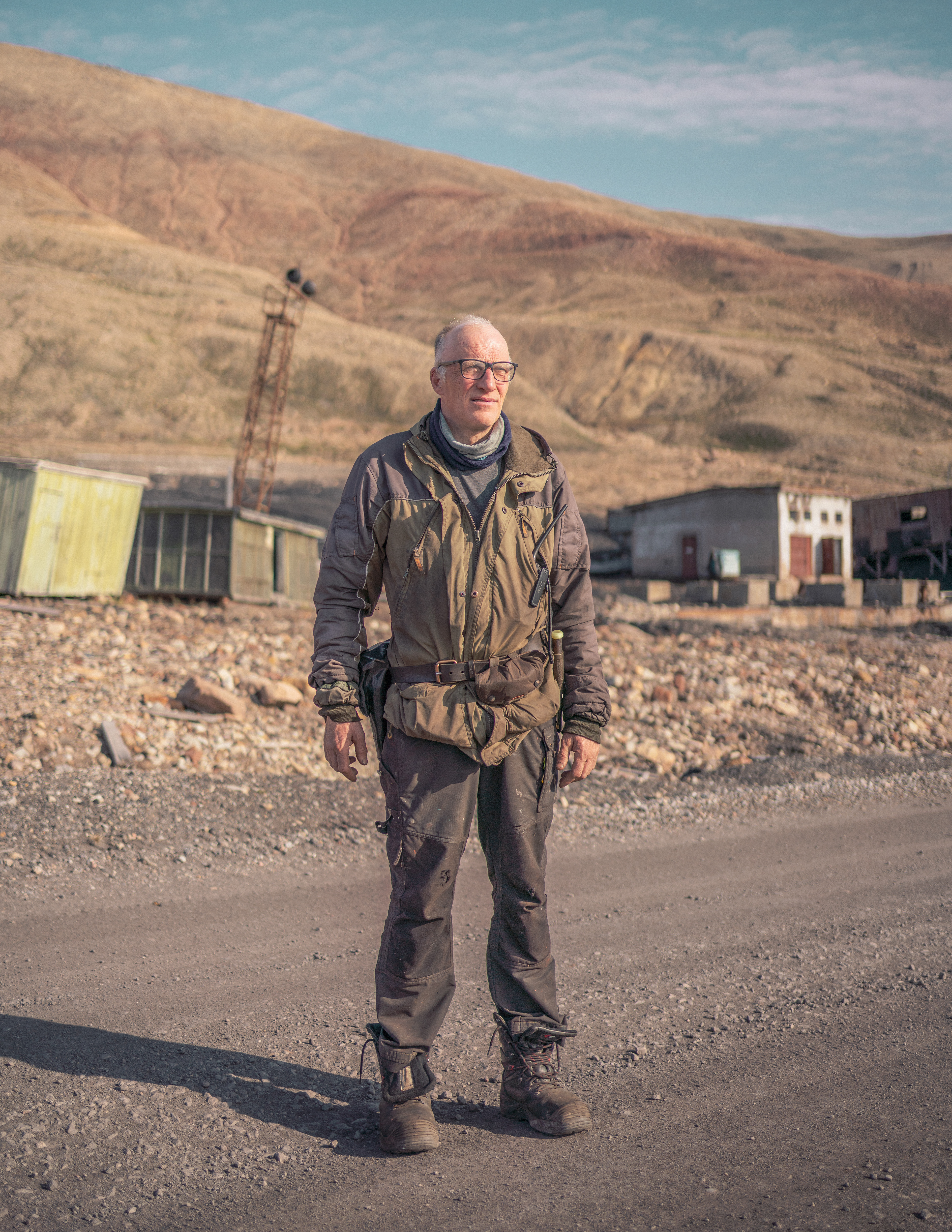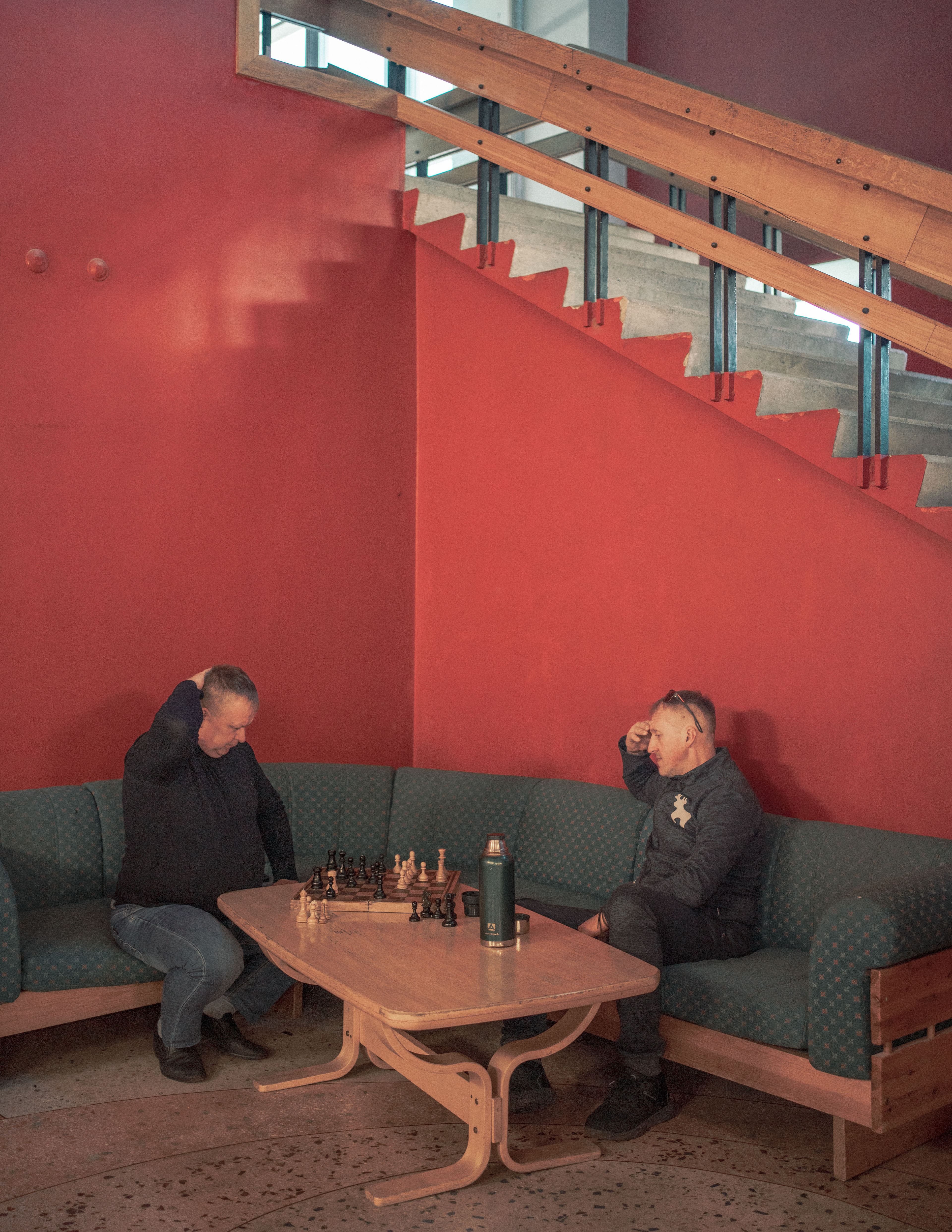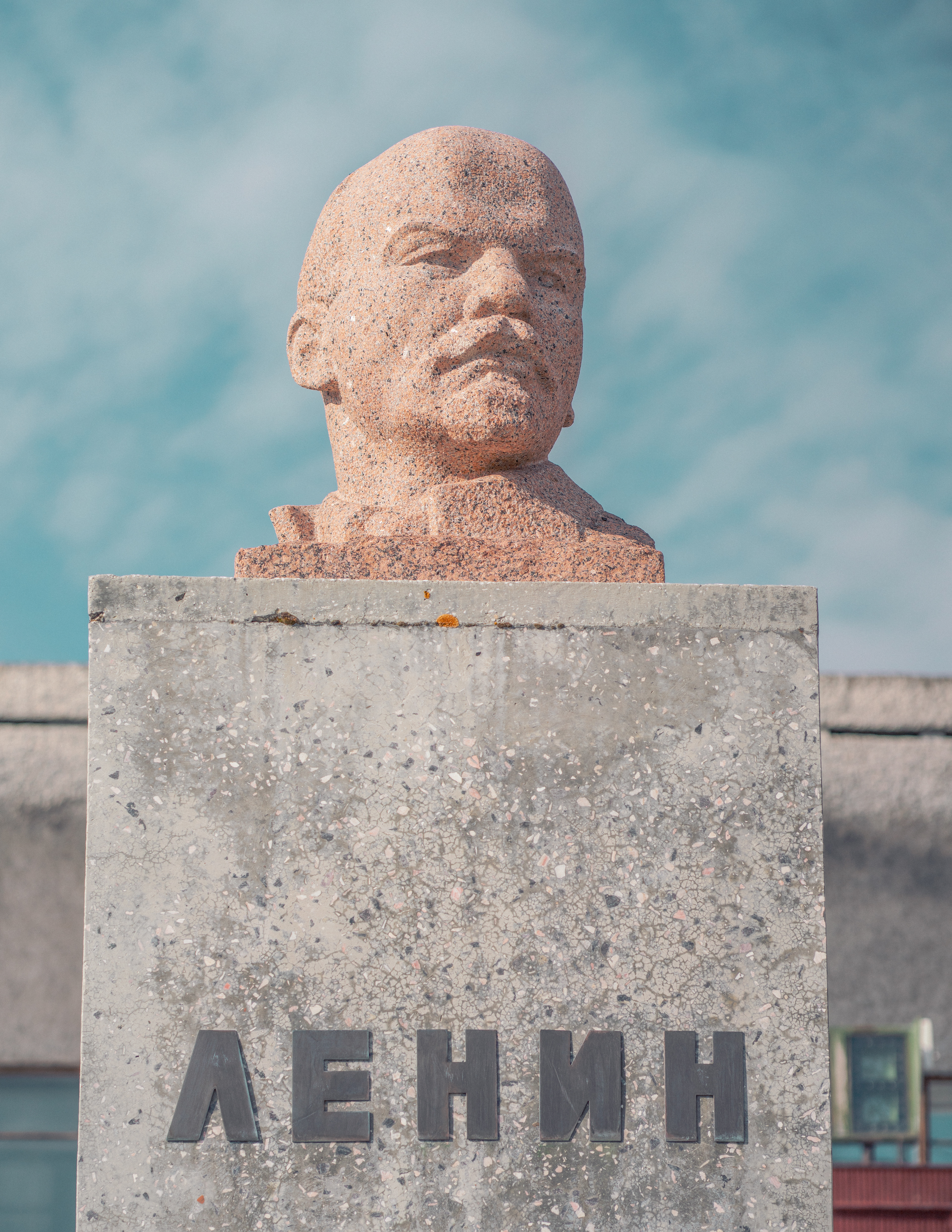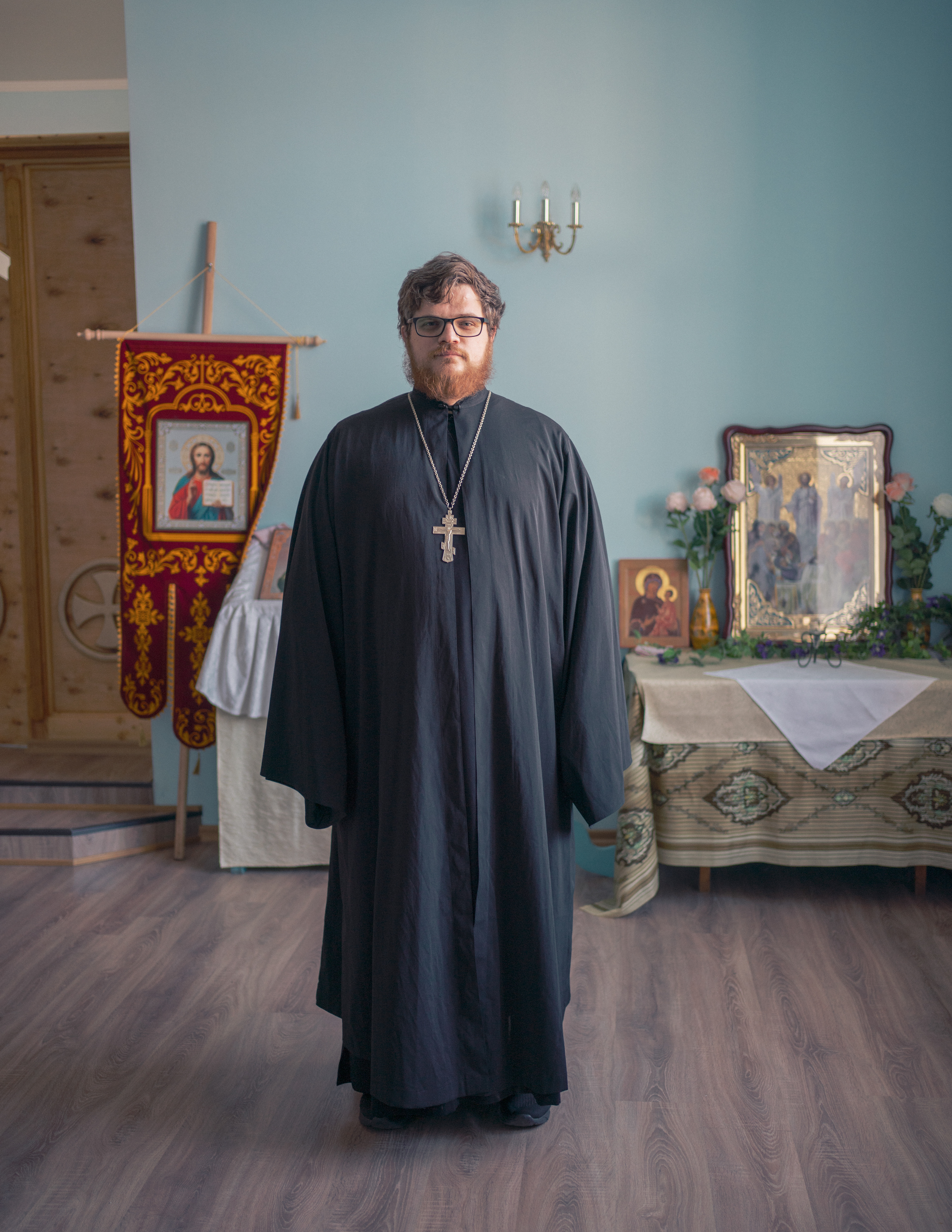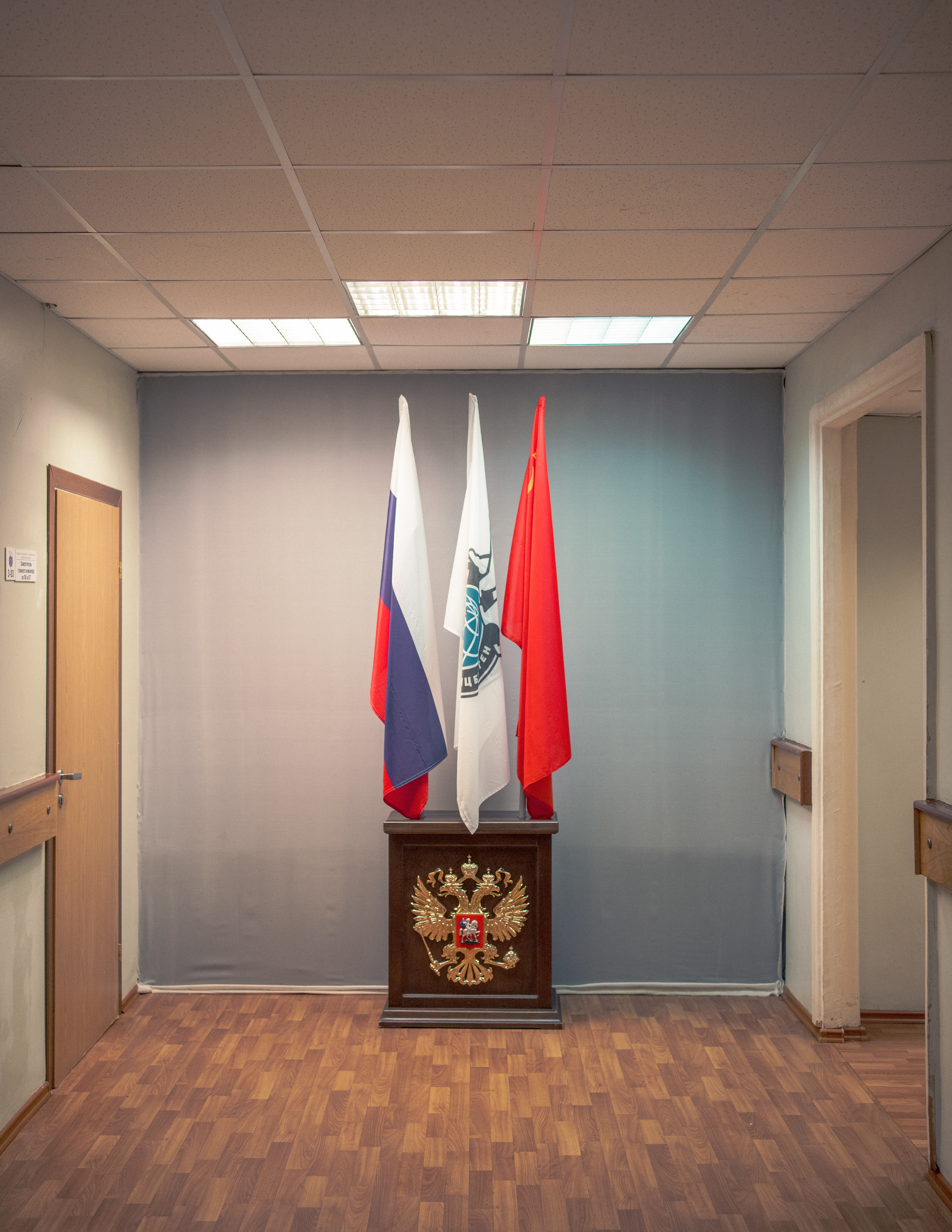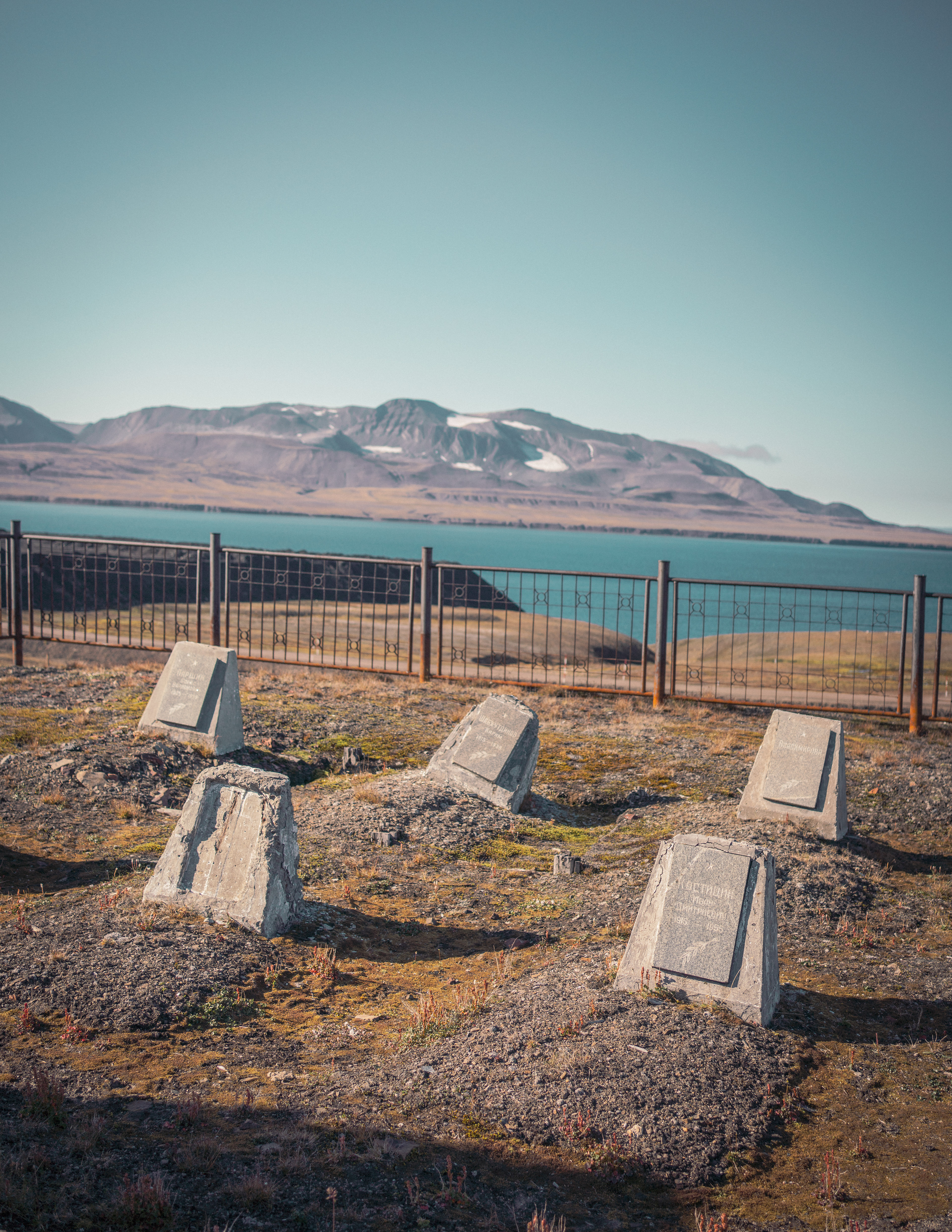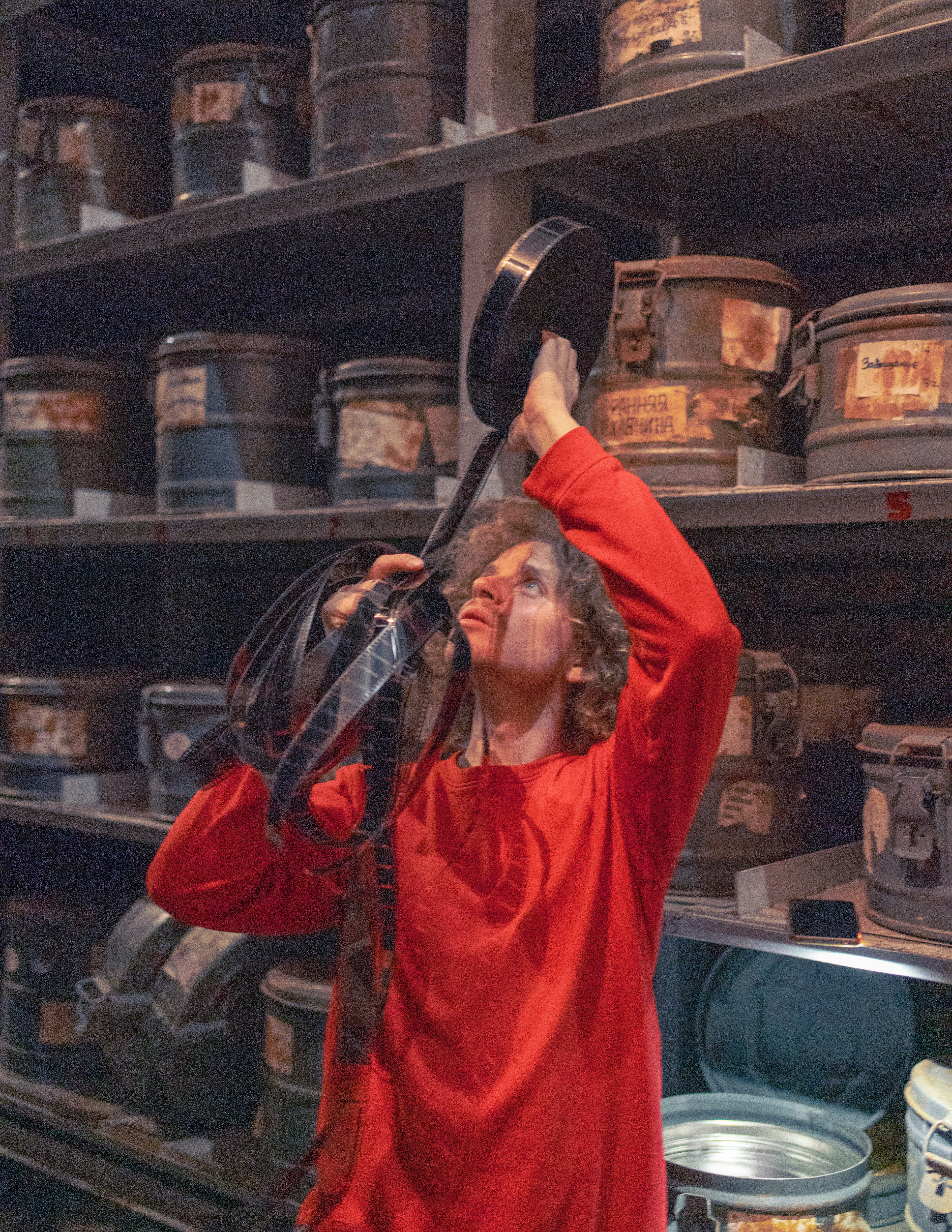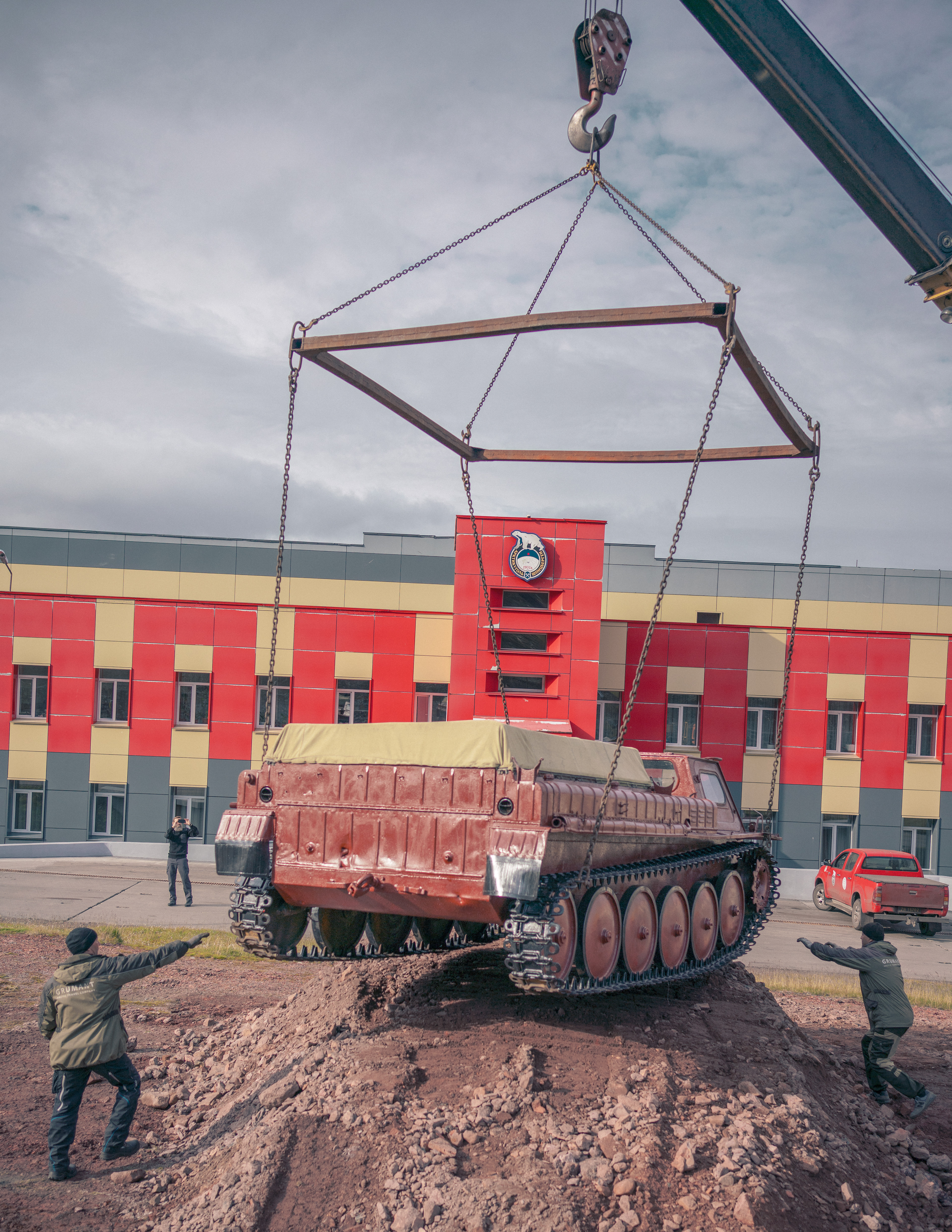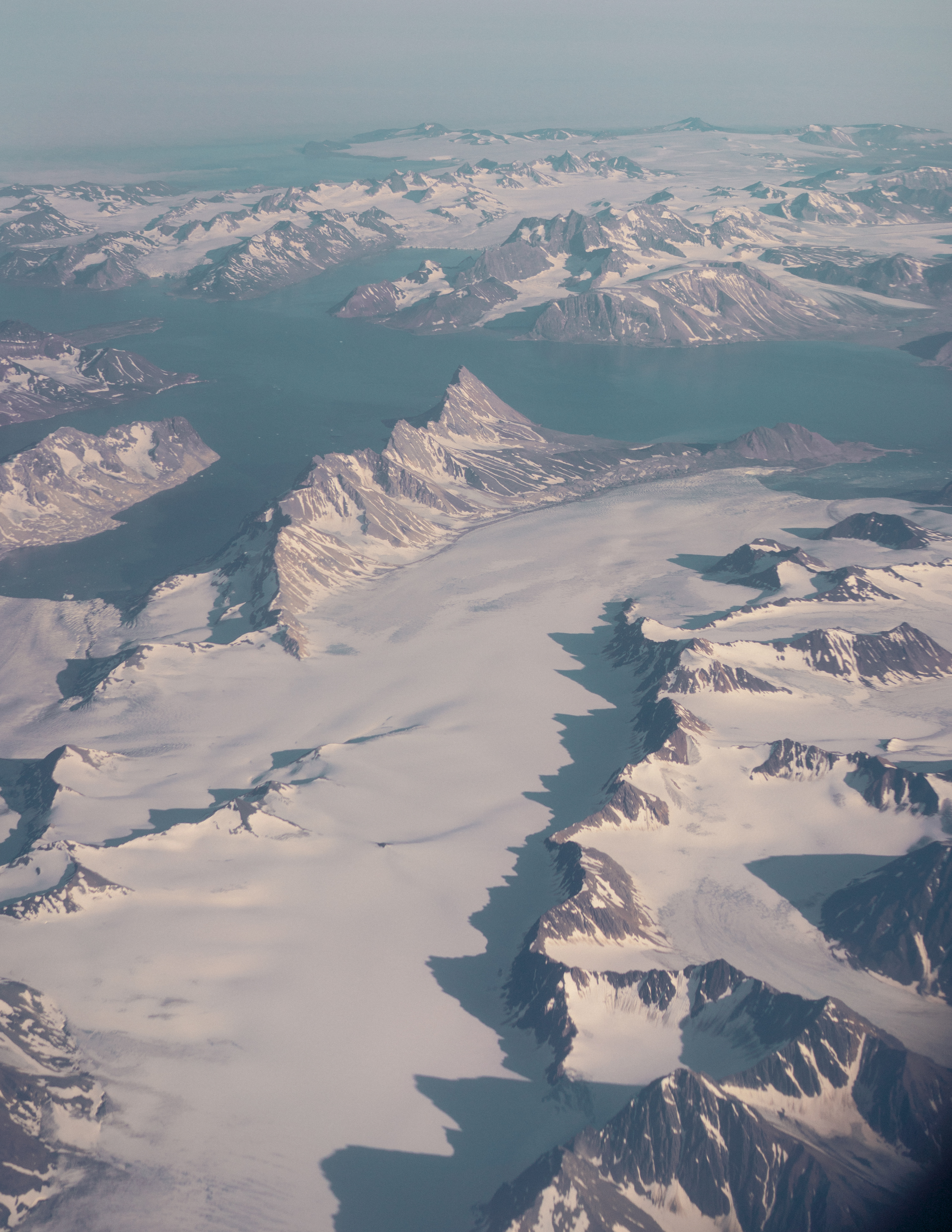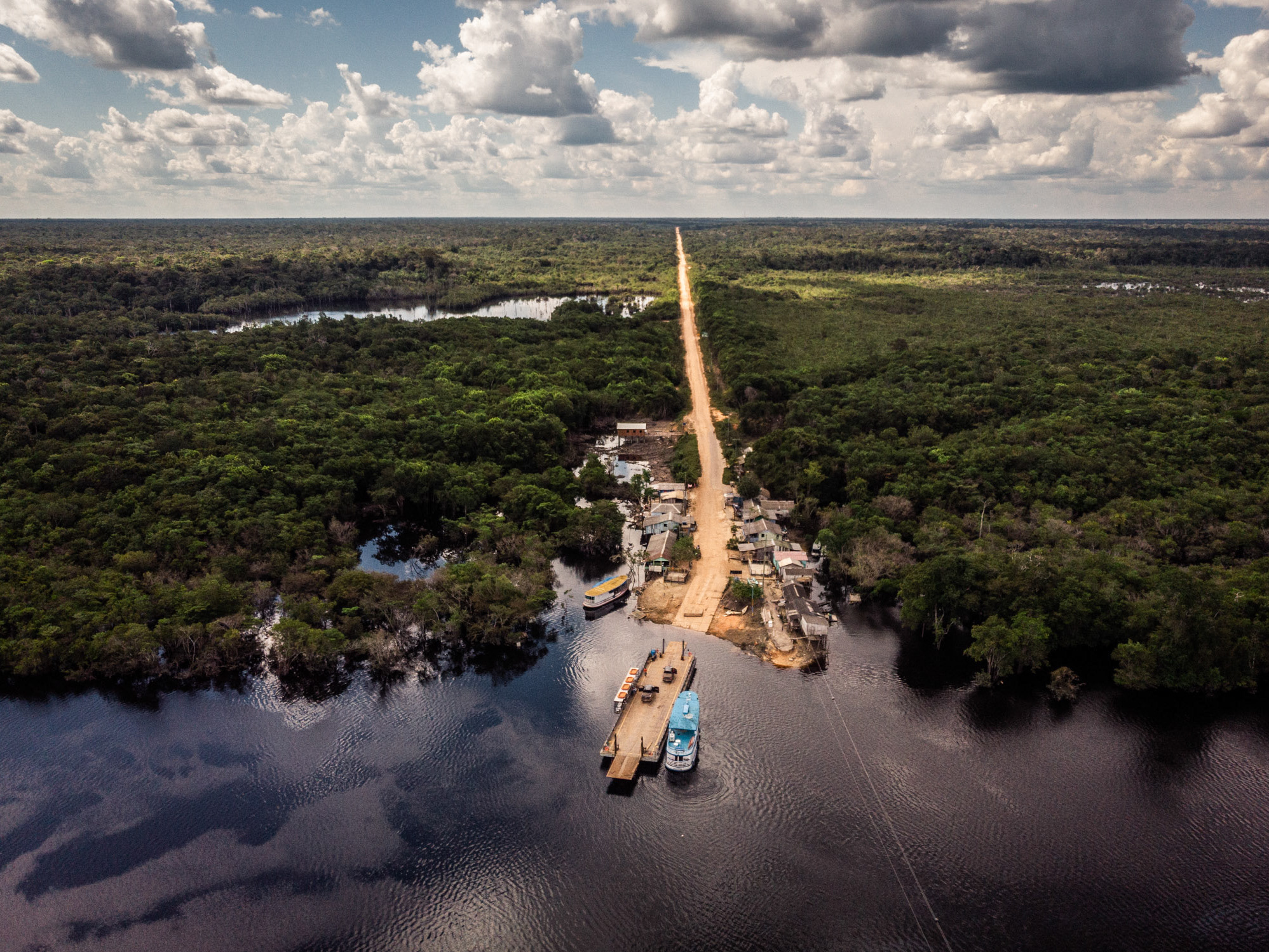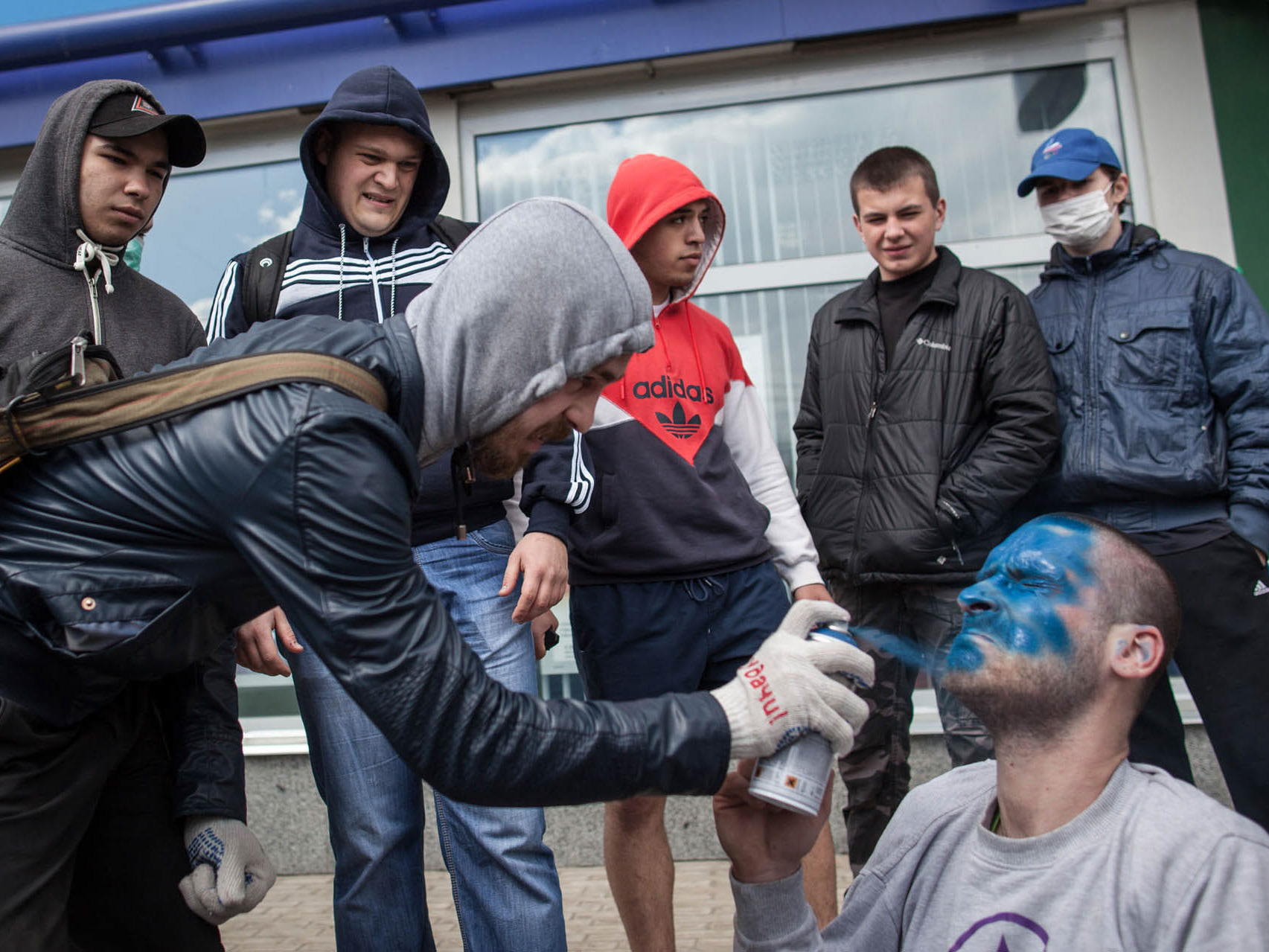On the Norwegian Arctic archipelago Svalbard tensions wich once ran high between NATO and
Russia during the Cold War are rising once again. Within this intersection of history and power this
photo series explores the Russian settlements of Barentsburg and Pyramiden and their inhabitants,
torn between a glorified past and uncertain future
The Arctic has become a new battleground for global influence. Long established territories are
being called into question in a region where nations maneuver for control over untapped resources,
strategic positions, and vital shipping routes. As China expands its Arctic investments, and the
United States pushes its ambitions for Greenland, Russia tightens its grip on Svalbard, reinforcing
its presence in Barentsburg and Pyramiden.
These settlements, originally built for coal mining under the Svalbard Treaty of 1920, now stand as
relics of a bygone era. Once symbols of Soviet strength and self-sufficiency, Barentsburg and
Pyramiden were left behind after the collapse of the Soviet Union — yet they remain deeply
entangled in the new power struggles of today. Time has not erased them. Instead, they exist in a
limbo, suspended between past and present, where the Cold War never fully ended, but merely froze
in place waiting to be thawed.
Coming for economic opportunities or drawn by a sense of freedom, for its inhabitants lives unfold
within an environment bearing the weight of history, where crumbling facades and remnants of
Soviet propaganda do not just recall the past but sustain it.
Now, as geopolitical tensions rise, history seems to repeat itself. Ideological forces that once defined
East and West — territorial ambition, political dominance, and control over strategic resources —
have never disappeared, they have evolved.
